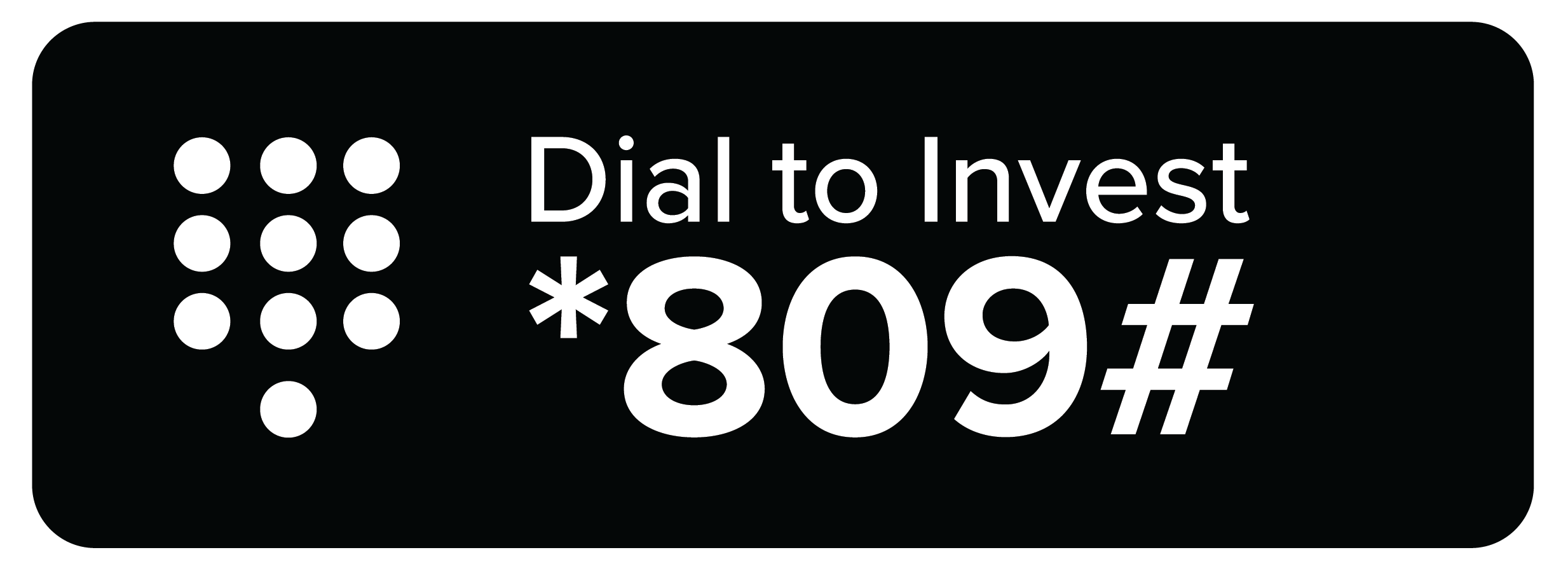For many, the idea of retirement means transitioning into a more relaxed lifestyle and having time to enjoy all the things we did not have time for before retirement, such as our hobbies, family and friends, travel, and recreational activities. This relaxed lifestyle requires a lot of planning in advance – Retirement planning. Retirement planning entails mostly saving up money during one’s productive years, usually from the age of 24 to 60, so that one has sufficient funds to replace their previous income once they retire. And retirement benefits schemes permit this.
Additionally, Retirement Benefits Schemes also serve to provide assistance to beneficiaries of the member upon his/her death.
Retirement Benefits Schemes in Kenya can be categorized into three pillars:
- Zero Pillar - State funded pension for citizens over the age of 65 and provides a basic income. This is managed by the Ministry in charge of social protection
- First Pillar - Mandatory to all workers. The mandatory contribution is by both employer and employees and it targets workers in both the formal and informal sectors. This is where the National Social Security Fund (NSSF) comes in
- Second Pillar - Mainly employer based and contribution is voluntary. This is where Umbrella Schemes and Personal Retirement schemes fall
The National Social Security Fund, NSSF as previously established in the NSSF Act Cap 258 of 1965, created a mandatory social security provident fund for workers in Kenya especially in the formal economy. It made the benefits available as a lump sum to members upon retirement. Under the old NSSF Act, the employee and the employer contributed 5% of gross pay each or a sum of Kshs 200 each, every month, or whichever was less.
In 2013, a new NSSF Act became law. In this new law, pension contributions increased to 12% of the pensionable wages made up of two equal portions of 6% from the employee and 6% from the employer subject to an upper limit of KES 2,160 for employees earning above KES 18,000. However, due to ongoing litigation, the new NSSF Act was never operationalized and as such many employers still use the old rates, which is also what we shall use in this article to look at the sufficiency of NSSF savings.
In Kenya, according to the Retirement Benefits Authority, the Income replacement ratio is below 40.0% compared to the recommended ratio of 75.0%. Income replacement ratio is a measure of the adequacy of your pension benefits to replace you last income before you retired. A low ratio indicates that a retiree or a nation’s retirees are not financially independent after retiring increasing dependency on the working population. This can be attributed to reliance on NSSF savings alone or accessibility of pension when one changes jobs.
To analyze the adequacy of NSSF savings, we compare three scenarios; Individual A relies who relies purely on NSSF, Individual B who relies on NSSF but also tops up with Kshs 1,000 every month as additional voluntary contributions while Individual C tops up their NSSF with an additional Kshs 5,000.
|
Starting Working Age
|
25 years
|
|
Retirement Age
|
60 years
|
|
Investment Period
|
35 years
|
|
Assumed Constant Annual Interest rate
|
10%
|
|
Individual
|
Individual A
|
Individual B
|
Individual C
|
|
Monthly Pensions Contribution
|
Kshs 400
|
Kshs 1,400
|
Kshs 5,400
|
|
Amount at Maturity (Pre-tax)
|
Kshs 1,370,357.38
|
Kshs 4,796,250.83
|
Kshs 18,499,824.64
|
According to studies, you need about 70% of what you make at the peak of your career to maintain the same standard of living in retirement. By this finding, we can estimate roughly the number of years post-retirement that the three individuals in the table above can live comfortably on their pension money:
(We assume they all earned Kshs 50,000 throughout their careers, and now require Kshs 35,000 monthly in retirement)
- Individual A – 3.26 Years
- Individual B – 11.42 Years
- Individual C – 44.05 Years
Evidently NSSF savings (as in for Individual A) are not adequate to cater for the individual when they retire. All formal workers and informal workers are advised to join pension schemes and save up more towards their golden years. Remember, all working employees enjoy tax free contributions into a registered retirement benefits scheme of up to Kshs 20,000 monthly. This effectively reduces your taxable income and the PAYE you ultimately pay. Other key benefits include ease of payment of contributions – salary check off or Mpesa and your money enjoys compounded interest.
If one is in formal employment, they may be lucky to have an employer already with an occupational scheme where both employer and employee contribute. However, if self-employed or working for an employer who does not belong to or have his or her own stand-alone scheme, then the best option is to join a personal scheme such as the Cytonn Personal Retirement Benefits Scheme. The joining process is usually easy and requires filling of a form only.
Ultimately, saving in a retirement benefits scheme is a case of delayed gratification for the bigger purpose, which is living your sunset years stress free.




